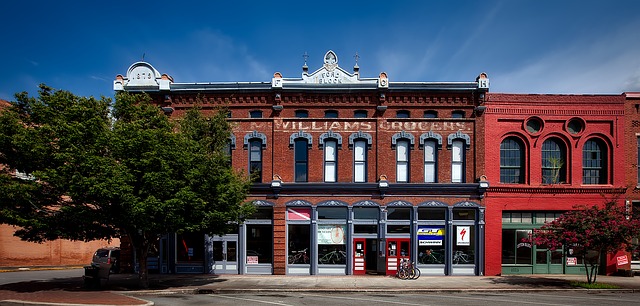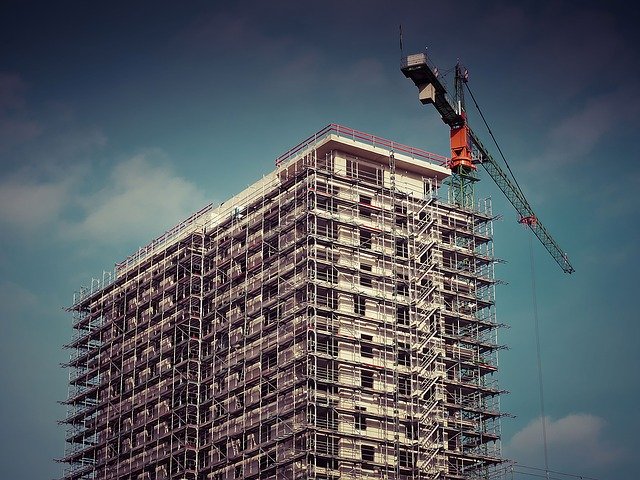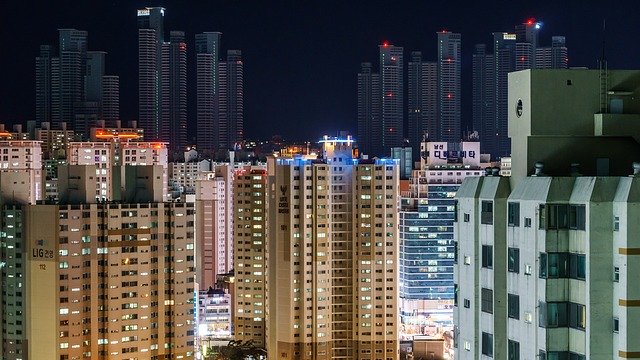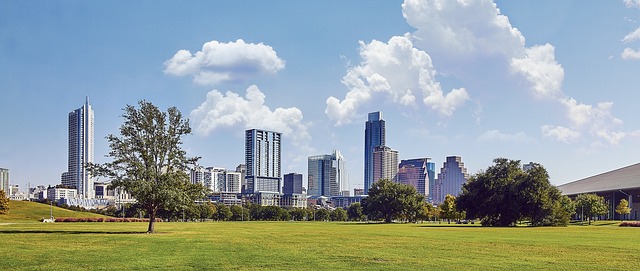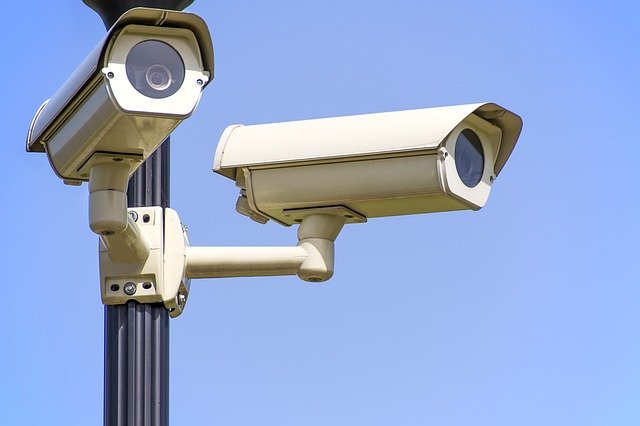When R.E. Barber erected a five-story office building in downtown Joliet, Ill., late in the 19th century, his sanity appears to have come into question.
One recent report quotes an old-time newspaper story (sans attribution) as saying Barber, a lawyer and businessman, had “gone mad” for constructing a building that was completed in 1887 and still bears his name. Another report, again lacking attribution, claims that that long-ago print account called him “quite mad.”
But mad nonetheless.
The same will likely not be said of Joliet developer Mike Petry. In 2017 he began an extensive rehab of the 10,890-square Barber Building, in hopes that it will become one of the signature spots in that Chicago exurb. Upon completion the place will feature 32 apartments, as well as first-floor office and retail space. (In November 2017 a women’s clothing store opened for business on that level.)
Consider that, then, a case study of the way in which a real estate investor can straddle the divide between individual profit and public benefit — by preserving a city’s past and reinvigorating its present, in one fell swoop. And while there are other ways in which investors can invest in a community — sustainability measures and humanitarian projects come to mind — a rehab project like the one undertaken by Petry is as good as any.
Indeed, similar projects have been completed throughout the Midwest, in places such as Detroit, Minneapolis, Milwaukee and Canton, Ohio. All of them make their respective cities better places, and open a window to a bygone era.
Sustainability, meanwhile, is no longer a trend, argues Kelly Vickers, National Director of Sustainability at Alliance Residential Co. Rather, it has become a necessity because of such things as utility costs and severe weather resulting from climate change. And while multifamily buildings are inherently green in that they support denser communities, there are challenges related to the aging infrastructure of many places, as well as attitudes — those of landlords who might not care about tenants’ utility bills, and tenants who might not care about a dwelling they do not own.
Things are changing, however. Vickers points out that property owners can help themselves by doing things like installing LED lighting in common areas and improving on landscaping and leak prevention to save water.
The latter has become a particular concern in Chicago, where water rates have nearly tripled since 2007. A 2018 study by Enterprise Community Partners and Elevate Energy showed that by following water-saving guidelines property owners could pay back their initial costs in three years, and that the average five-year savings per property would be in excess of $20,000.
Green initiatives are also coming into vogue elsewhere. Michigan, for example, adopted PACE (Property Assessed Clean Energy) in 2010, but implementation was uneven until 2016, when momentum finally built and such things as boiler uprades and those LED lighting installations favored by Vickers became more commonplace in multifamily properties.
As for humanitarian measures, consider those undertaken in Minneapolis by Housing Development at Aeon. Since 1986 that business has operated 106 affordable apartments for those of modest means, including the formerly homeless. Aeon has rehabbed some properties and implemented green initiatives, but the overarching mission has been to improve the quality of life of individuals, and thus the community as a whole.
Real estate investors are increasingly discovering that the latter is a worthwhile goal, and that their interests can align with those of their immediate area. It’s just a matter of discovering the proper method of accomplishing both aims.
